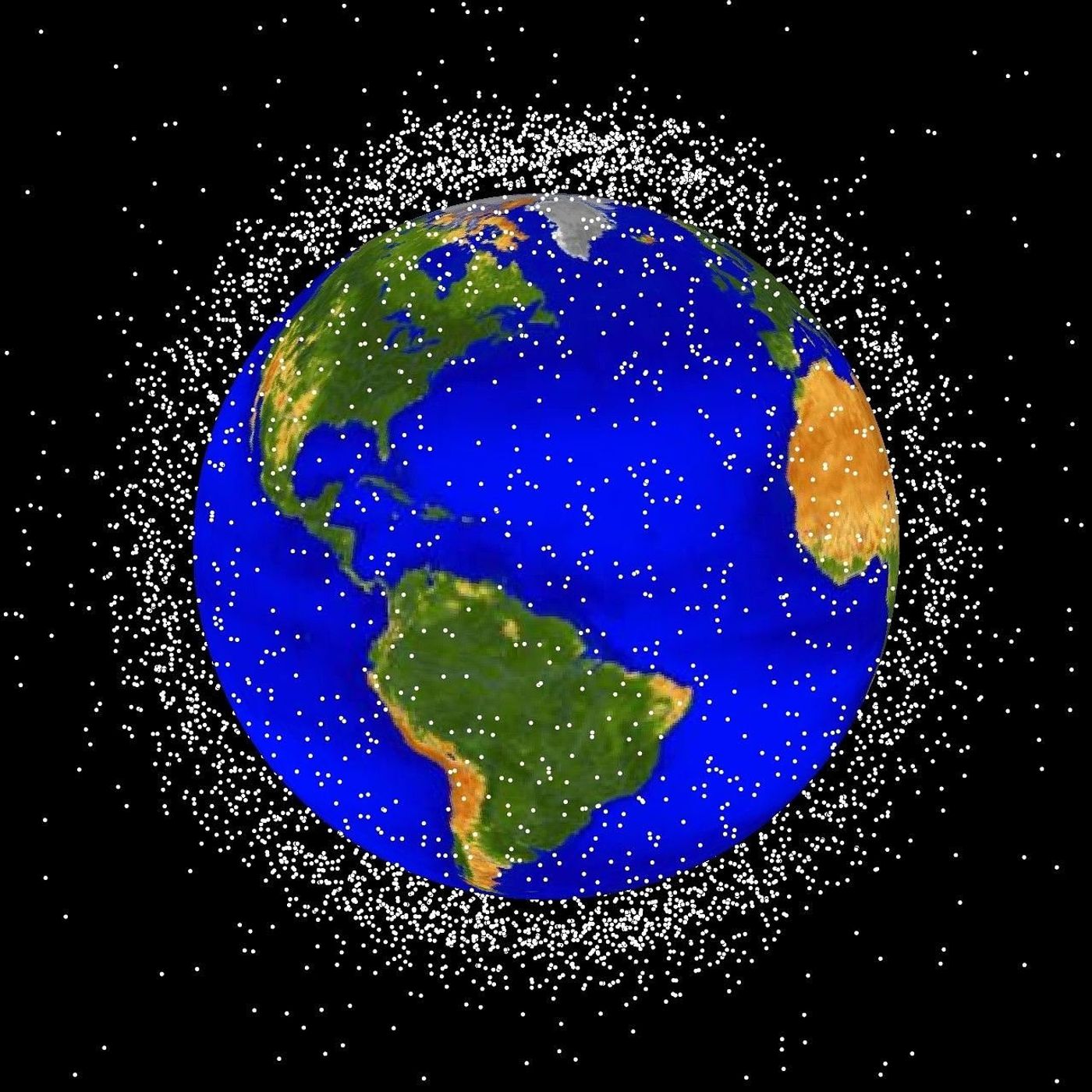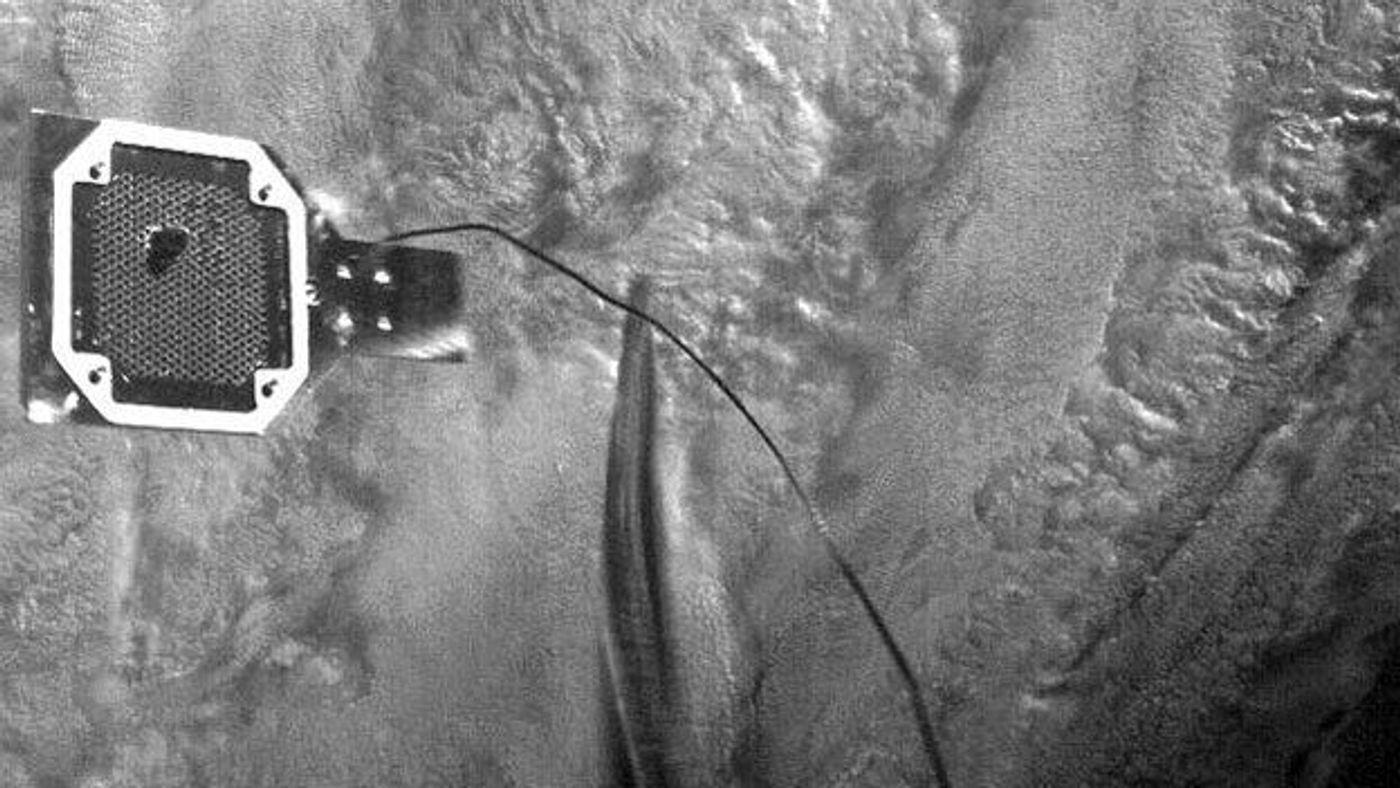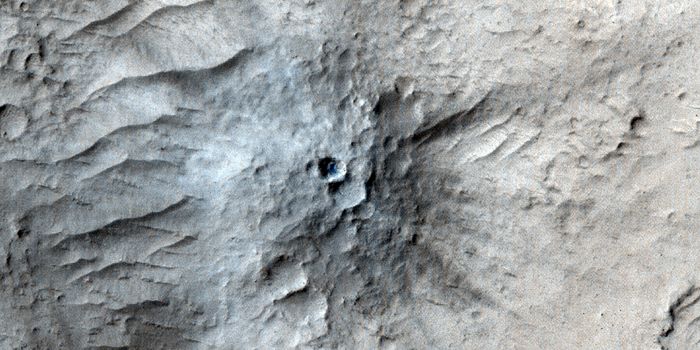RemoveDEBRIS Mission Demonstrates Use of Harpoon for Space Junk Cleanup
An estimated 7.5 metric tons’ worth of space junk, including dispatched satellites and spent rocket components, orbits the Earth today; unfortunately, it only continues to multiply. Space agencies can’t control the trajectory of space junk, and so it’s prone to slamming into other bits and breaking apart into smaller pieces. On the other hand, efforts are in full swing to develop an effective method of cleaning it up.
Image Credit: Pixabay
The British-led RemoveDEBRIS mission is just one example of such efforts. This mission encompasses an experimental spacecraft equipped with nets and harpoons intended for wrangling and deorbiting space junk. RemoveDEBRIS demonstrated that nets were a potentially viable tool for this task in September, but it wasn’t until just this month that the spacecraft demoed its harpoon-centric technique.
Image Credit: Airbus Group
RemoveDEBRIS allegedly fired its custom harpoon at a piece of simulated space junk comprised of satellite panel material on February 8th. Traveling at nearly 20 meters per second, the tethered harpoon sailed toward its fixed target with ease and skewered it upon impact. It slammed into its target with such force that it fell off the boom that was holding it in place.
A video showcasing the RemoveDEBRIS harpoon test is embedded below for your viewing pleasure:
Related: Learn more about how RemoveDEBRIS aims to pioneer space junk cleanup
The force generated from firing the harpoon destabilized the RemoveDEBRIS spacecraft, triggering a rapid spin that threw the spacecraft into ‘safe mode.’ Fortunately, engineers on Earth re-stabilized the spacecraft shortly after the test.
Notably, this test represented a small-scale model of the real deal. The target piece measured only 10cm across, while the boom holding it to the RemoveDEBRIS spacecraft measured just 1.5 meters in length. It’s presumed that more substantial pieces of space junk would necessitate larger and more powerful harpoons; but, this was a stunning proof-of-concept nevertheless.
Now that RemoveDEBRIS has proven the aptitudes of both nets and harpoons as space junk cleanup tools, the mission will soon come to an end. When the time is right, RemoveDEBRIS will deploy a drag sail to slow its orbit around Earth, facilitating its plunge into the atmosphere where it will burn up on re-entry.
Related: Can magnets help us clean up space junk?
The space junk problem is very real – it’s so cluttered up there that space agencies are required to navigate their spacecraft out of the trajectory of known hazards. Unfortunately, smaller bits multiply exponentially as collisions transpire, which has severe implications for the future of space travel; the situation underscores the importance of cleaning things up while we still can.
While there’s no clear pathway for cleaning up existing space junk at the time of this writing, it should be interesting to see which method takes the cake as efforts press on. After all, humankind and science may depend on it.










